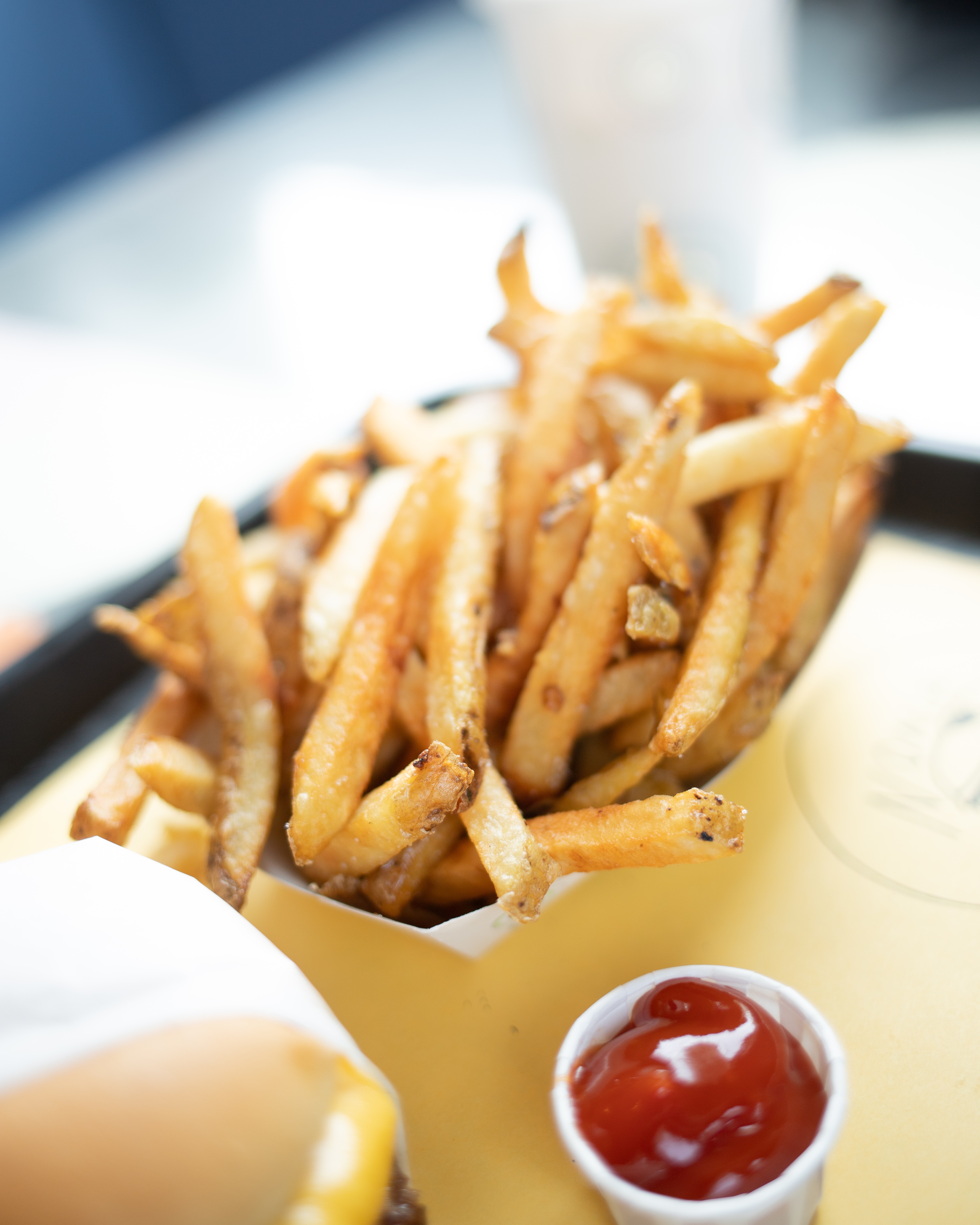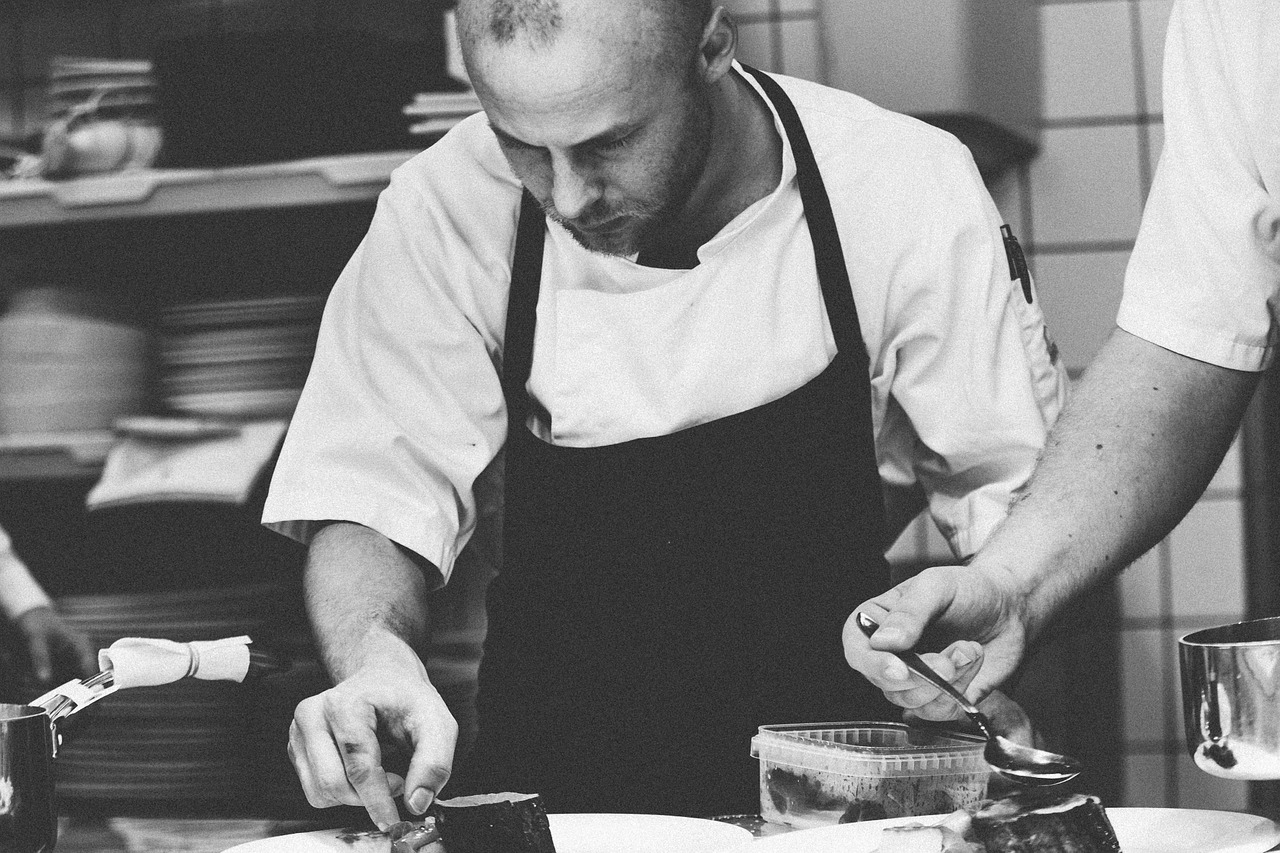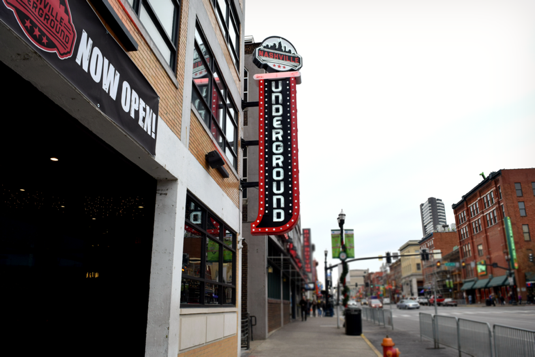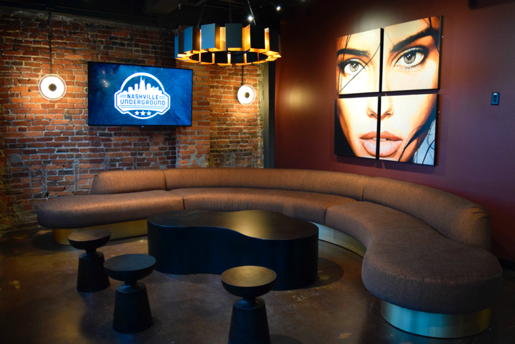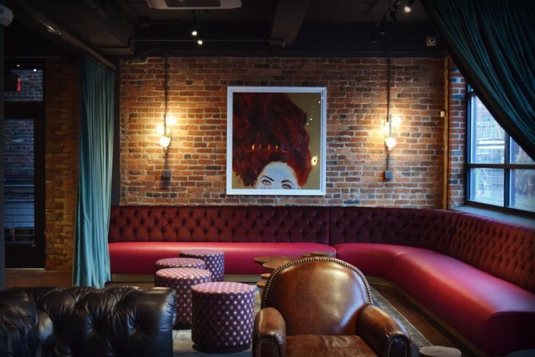MRM’s News Bites features Zoe’s Kitchen and CAVA, The Wendy’s Company and Inspire Brands, DoorDash, Toast and BevSpot, National Restaurant Association and Beam Suntory, Boston Market, LeaseQ and AutoQuotes, Gather and Wedding Spot, McAlister’s Deli®, US Foods, Chicago Meat Authority and HUNGRY.
Send news items to Barbara Castiglia at bcastiglia@modernrestaurantmanagement.com.
CAVA To Acquire Zoe’s Kitchen
Cava Group, Inc., CAVA, a Mediterranean culinary brand with 66 restaurants entered in to a definitive agreement to acquire Zoe’s Kitchen, Inc. The combined companies will have 327 restaurants in 24 states throughout the U.S.
Under the terms of the agreement, Zoës Kitchen shareholders will receive $12.75 in cash for each share of common stock they hold. This represents a premium of approximately 33% to Zoës Kitchen’s closing share price on August 16, 2018 and a premium of approximately 33 percent to Zoës Kitchen 30-day volume weighted average price ended on August 16 and an enterprise value of approximately $300 million.
The acquisition of Zoës Kitchen will be financed through a significant equity investment in CAVA led by Act III Holdings, the investment vehicle created by Ron Shaich, founder, chairman, and former CEO of Panera Bread, and funds advised by The Invus Group, with participation from existing investors SWaN & Legend Venture Partners and Revolution Growth.
After closing, Brett Schulman, current Chief Executive Officer of CAVA, will serve as Chief Executive Officer of the combined company and will work closely with the existing leadership teams at Zoës Kitchen and CAVA to oversee their growth and evolution. Ron Shaich will serve as Chairman of the combined company.
Kevin Miles, Zoës Kitchen Chief Executive Officer said: “Zoës Board of Directors and Management are pleased to announce today’s transaction. Our mission was to deliver the highest value obtainable for our shareholders and pursuant to the transaction announced today our shareholders will be receiving a substantial premium to the company’s unaffected stock price. I am proud of the significant work the team has executed over recent years to grow the Zoës Kitchen footprint, build brand affinity and secure a leadership position in the Mediterranean and better-for-you category. These efforts made it an attractive candidate for a transaction of this kind. I’d like to thank each and every team member who will continue to make Zoës a differentiated dining experience every day.”
Brett Schulman, CAVA Chief Executive Officer said: “Today’s announcement is an exciting milestone for CAVA, and we’re thrilled to welcome Zoës Kitchen to our family. Together, these two brands are united by a shared heritage and passion for exceptional Mediterranean cuisine. Now with the addition of Zoës Kitchen, we will be able to broaden our geographic footprint and meet the needs of even more guests — whether in Bethesda or Birmingham, Plano or Pasadena — who crave delicious, healthy food without compromise. As part of the CAVA family, Zoës Kitchen will benefit from CAVA’s track record of bold culinary innovation and leveraging data and technology to drive growth and convenience.”
Ron Shaich, Act III Holdings Chief Executive, CAVA board member, and CAVA investor said: “As a close observer of the fast-casual restaurant industry, I am thrilled at the prospect of what CAVA and Zoës Kitchen can accomplish together. Together these businesses will create the leading company in one of the most important categories in fast casual today — Mediterranean — with the capabilities to drive extraordinary customer satisfaction and powerful growth.”
]Consummation of the merger is subject to certain closing conditions, including the adoption of the merger agreement by the holders of a majority of the company’s outstanding common stock, and the expiration or early termination of all applicable waiting periods under the HSR Act. CAVA has agreed to pay to the company a $17 million termination fee if the merger agreement is terminated under certain circumstances and the merger does not occur. The parties expect the merger to close in the fourth quarter of 2018.
Piper Jaffray served as financial advisor to Zoës Kitchen, and Greenberg Traurig, LLP acted as legal advisor to Zoës Kitchen on the transaction.
Morgan Stanley & Co. LLC acted as financial advisor to Act III Holdings (Ron Shaich) and The Invus Group. Citigroup Global Markets Inc. acted as financial advisor to CAVA. Skadden, Arps, Slate, Meagher & Flom acted as legal advisors to CAVA. Sullivan & Cromwell and Simpson Thacher & Bartlett served as legal advisors to Act III Holdings (Ron Shaich) and The Invus Group, respectively.
Wendy’s Sells Stake in Inspire Brands
The Wendy’s Company accepted an offer from Inspire Brands (Owner of Arby’s®, Buffalo Wild Wings®, and R Taco®) to sell its 12.3 percent ownership interest in the company back to Inspire Brands for $450 million. The agreement was approved by The Wendy’s Company Board of Directors and represents a 38 percent premium on the Wendy’s Company’s previous valuation of the investment. The company is expecting approximately $335 million of cash proceeds net of tax. The transaction closed August 16.
“The sale of our stake in Inspire Brands for $450 million is a great return on this investment for our shareholders,” said Nelson Peltz, Chairman of the Board of Directors. “Over the past seven years, Wendy’s and its shareholders have benefitted from more than $100 million in distributions and the monetization of this investment carries a 38 percent premium over its most recent valuation.”
“We have benefited from and enjoyed our partnership with Inspire, and we wish Paul Brown and the team continued success in the future,” said Todd Penegor, Wendy’s President and Chief Executive Officer. “The opportunity to monetize our investment in Inspire Brands will allow us to invest in future growth for the Wendy’s brand and Company, which is our top priority. The flexibility provided by the sale proceeds and the additional share repurchase authorization through 2019 will also allow us to continue to create value for our shareholders.”
DoorDash Raises $250-million in Growth Round
DoorDash raised $250 million in a growth round co-led by Coatue Management and DST Global. With more than 250 percent year-over-year growth, DoorDash has become the fastest growing last mile logistics platform in the U.S., according to Edison Trends.
Since January, the company’s geographic footprint has nearly doubled to more than 1,000 cities across the U.S. and Canada and is on pace to reach 2,000 cities this year. DoorDash has added more top 100 restaurants than all other industry players combined. Recently, DoorDash announced partnerships with Chipotle, IHOP, Red Lobster and White Castle, and signed an exclusive partnership with The Cheesecake Factory.
“DoorDash is gaining market share faster than anyone in the space,” said DoorDash CEO and co-founder, Tony Xu. “We’re thrilled to partner with premier investors to accelerate our vision to empower local economies by being the last mile logistics layer.”
Building on the momentum of DoorDash Drive—the platform that empowers merchants to offer delivery to customers that have placed orders directly with the restaurant—the company announced a national grocery delivery partnership with Walmart that has now expanded to nearly 300 stores, in 20 states, in the last four months. And earlier this month, DoorDash debuted its DashPass subscription service and Pickup feature to generate even greater value for its merchant partners, while driving stronger customer loyalty with lower prices.
“Over the past few years we’ve watched closely as the last mile logistics space has exploded with innovation and competition,” said Thomas Laffont, senior managing director at Coatue Management. “DoorDash’s rapid growth has moved them from an ‘if’ company to a ‘when’ company and we are thrilled to help accelerate their already strong momentum.”
“As strong believers in the space globally, we’re excited to partner with Tony and his exceptional management team in their journey to transform the last mile logistics industry by delivering great value to the entire ecosystem,” said Rahul Mehta, managing partner at DST Global. “We’re impressed with their continued growth acceleration, execution, and Tony’s vision and passion for helping local businesses.”
Toast Integrates with BevSpot
Toast is now integrated with BevSpot. The out-of-the-box integration combines item-level point-of-sale data from Toast with inventory and ordering details available in BevSpot without the need for spreadsheets, uploads, or exports.
“Toast simplifies our operations by combining POS, front of house, back of house, and guest-facing technology on a single restaurant management platform,” said Heather Lynch, general manager, Bar Mezzana. “BevSpot’s seamless integration through the Toast API Partner Program simplifies inventory management and will empower us to focus on delivering the best dining experience possible versus spending extra time reconciling back-end data.”
Members of the Toast community can leverage BevSpot’s kitchen and bar solutions for:
-
Fast, collaborative inventory tracking: Take inventory on any device, even without an internet connection; spot trends to make smarter purchasing decisions and increase bottom line.
-
Smart ordering and record-keeping: Ditch the filing cabinet. Instantly send out orders, search order history, upload invoice images, and effortlessly manage communications with sales reps via BevSpot.
-
Sales performance insights: Calculate sales, profit, and pour costs across categories by reconciling POS data with inventory and ordering data. Receive sales performance trends, detailed usage data, and variance reports.
NRA and Beam Suntory Partner to Promote Responsible Alcohol Service
The National Restaurant Association and Beam Suntory are partnering to promote responsible service through their proprietary programs, ServSafe Alcohol® and Drink Smart.®
ServSafe Alcohol is the industry’s premier alcohol service training program developed by the National Restaurant Association. Drink Smart is Beam Suntory’s global proprietary program for educating consumers about the responsible consumption of alcohol. Through this partnership, Beam Suntory and the National Restaurant Association will develop co-branded content to be used as alcohol safety education for the restaurant and hospitality industry, reaching over one million industry professionals each year.
“This partnership demonstrates Beam Suntory’s commitment to responsible service and consumption of alcohol,” said Sherman Brown, Executive Vice President, Training and Certification, ServSafe. “Our entire association and broader industry will benefit from our shared commitment to educating employees in responsible alcohol service.”
This agreement serves to extend Beam Suntory’s Drink Smart platform beyond consumer education and into responsible alcohol service at retail and restaurant locations. The co-branded educational materials for the ServSafe Alcohol program will be available in time for the restaurant industry’s Serv-It-Up program in the fourth quarter.
“We are so pleased to be partnering with the National Restaurant Association and know that this relationship will send a strong message about the commitment of Jim Beam and our entire brand portfolio to responsible beverage service by the trade and responsible consumption by consumers,” said Ken Ruff, Beam Suntory’s Vice President, National Accounts On-Premise. “As part of our global commitment to reduce alcohol misuse, partnering with retailers and restaurants is critical to ensuring that alcohol is served appropriately, and everyone stays safe.”
Boston Market Delivers
Boston Market® launched online delivery available to its guests across 330 restaurants nationwide.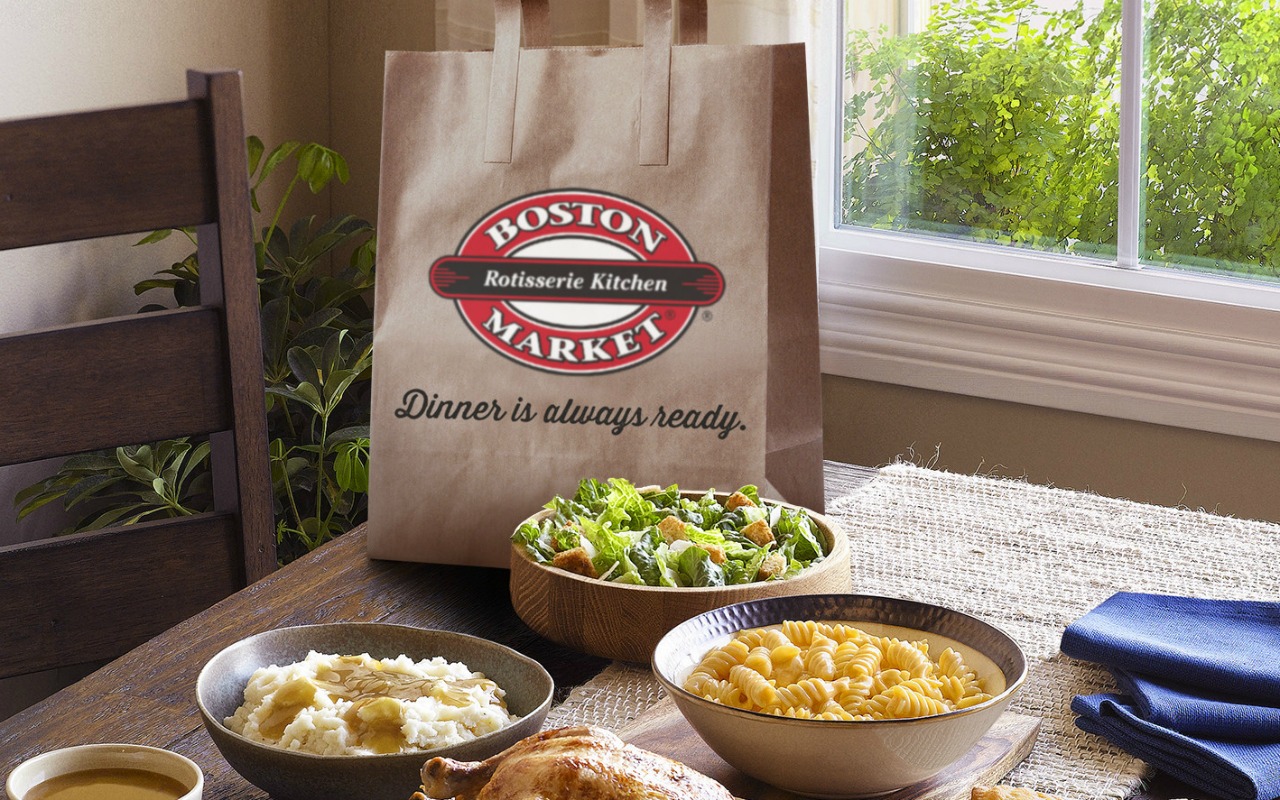
Boston Market lovers who want to enjoy home style rotisserie meals at a convenient value from the comfort of their home can go to BostonMarket.com or download the Boston Market app to place their orders. Boston Market has also partnered with Grubhub and DoorDash. To celebrate the launch of nationwide online delivery, Boston Market is offering free delivery for all orders over $15 from August 15th – 21st. Boston Market guests can go to the BostonMarket.com homepage to retrieve their coupon for free online delivery during this period.
“With the launch of multiple Boston Market Delivery options, putting a delicious, healthy meal on the table is only a click away,” said Frances Allen, Chief Executive Officer, Boston Market. “We want to give our guests time back in their lives that they can use to connect with family and friends.”
Guests can also order curbside pickup online at many participating restaurants.
LeaseQ Integrates with AutoQuotes
LeaseQ’s online marketplace for equipment financing is now available on AutoQuotes for the foodservice equipment and supplies (FES) industry. Organizations using AutoQuotes gain access to LeaseQ’s instant quotes and network of 150+ lenders, so they can offer financing for any credit profile, size of business or type of equipment.
“AutoQuotes shares our mission to make equipment financing easy, fast and cost-effective for the industry, and we’re thrilled to offer our services on their platform,” said Vernon Tirey, co-founder and CEO of LeaseQ. “We’re in the midst of an age of digital transformation for the equipment finance industry, and companies like LeaseQ and AutoQuotes are giving vendors, lenders and borrowers the right technologies to succeed.”
“We’re excited to welcome LeaseQ to the AutoQuotes platform as another great option for our customers. AutoQuotes is all about adding efficiency to the quoting process, so our users can quickly and easily offer financing from multiple sources to their customers, all in one place,” said Chris Rudin, Account Executive at AutoQuotes.
Gather Adds Wedding Spot
Gather added Wedding Spot to the Gather Booking Network. Wedding Spot is a marketplace for connecting engaged couples with wedding venues, and brings unparalleled wedding industry expertise to the Gather Booking Network. With a network of over 12,000 potential wedding venues nationwide, Wedding Spot is the ultimate destination for couples looking to find the perfect location to celebrate. Users can tailor venue searches based on what they are looking for, including price, location, style, capacity, and more.
“Wedding Spot is a valued brand and beloved tool for wedding venue selection,” said Yotam Soen, General Manager for Wedding Spot. “Our partnership with Gather gives a more robust experience to couples, who will notice an improved venue outreach and booking experience when they engage with venues on the platform. For participating venue operators, showcasing their space on Wedding Spot will enable them to tap into a deeply engaged set of potential customers.”
Launched with the goal of simplifying the event booking and planning process, the Gather Booking Network allows restaurants and venues to tap into a larger audience by providing more ways to promote their businesses in the top places where event planners go to find and book events. Venues are listed on partners’ sites and showcased in relevant search results to generate more leads. When planners find a venue and submit an event request, they’re seamlessly connected via Gather — resulting in a streamlined booking process and exceptional customer experience.
“Adding Wedding Spot as a partner gives us and our customers the opportunity to tap into a thriving area of the industry,” said Nick Miller, co-founder and CEO at Gather. “Wedding Spot allows couples to search for venues based on capacity, services, style, location, and budget. That’s why they’re one of the best generators of highly qualified leads and the perfect addition to the Gather Booking Network. We’re thrilled to add another layer of consumers, event planners, restaurants and venues, as it’s all about seamlessly connecting one another.”
Wedding Spot joins existing Gather Booking Network partners that include Yelp, EVENTup and BizBash, with more to be announced in the coming months.
McAlister’s Deli Rolls Out New Prototype
McAlister’s Deli® is rolling out a new prototype restaurant in Atlanta this September that will be accompanied by a deeper, more community-centric brand positioning that guests can experience across the system, starting with a new kids and family program.
McAlister’s new design evolution reflects the heart of the communities it serves. Based on rigorous customer research, and done as part of a larger commitment by parent-company FOCUS Brands Inc. to invest in the future of its restaurants, the new McAlister’s prototype will reflect the finding that guests view McAlister’s as a natural community gathering place.
The new design will have an open look and feel, featuring a community table that can seat large groups to encourage get-togethers and neighborhood connections. There will also be a community-themed mural and photo wall highlighting neighborhood patrons and landmarks, unique to each restaurant.
In addition to the look and feel of the restaurant, the brand is unveiling a new logo and employee uniforms to match. McAlister’s will also roll out sustainable packaging, along with fresh menu programming dedicated to kids and families. Additionally, guests of the prototype will be tapped to provide feedback on menu items and their experiences.
“This is the first evolution for McAlister’s since our brand opened its doors in Oxford, Mississippi in 1989,” said Joe Guith, president of McAlister’s Deli. “Whether our guests are socializing while enjoying our signature hand-crafted food, or choosing us for their busy family’s on-the-go meal experience, McAlister’s brings to life a space that’s truly part of the neighborhood and meets the needs of our guests.”
The new design layout will provide:
- On-the-go counter strategically placed at the front of the restaurant for easier pickup.
- A dedicated pickup window for on-the-go orders and catering pickup.
- A check-in touchscreen for the pickup window queue.
- The brand’s iconic sweet tea will also be available at the front counter for improved guest engagement.
The new kids and family program will include:
- An easy-to-follow format with information presented at kids’ eye-level to give them a chance to participate in the decision-making process.
- Affordable, hand-crafted items with better-for-you ingredients parents can feel good about.
The program will also feature custom Activity Kits designed to create new, shared experiences that can extend mealtime together. Filled with games and thought starters that span several age ranges, these interactive kits can be enjoyed by the whole family.
US Foods Scholars
US Foods announced the names of the company’s first US Foods Scholars scholarship recipients. Three students from the greater Chicago area and three students from Arizona were each awarded a $20,000 scholarship to support costs related to their continued culinary education, in addition to hands-on training opportunities with US Foods culinary professionals. US Foods Scholars program awards financial support and professional development opportunities to students who plan to pursue an education in the culinary arts and enter the restaurant industry.
US Foods Scholars was created in partnership with the Careers through Culinary Arts Program (C-CAP) to support students who have demonstrated outstanding potential and achievement in the culinary arts and require additional resources to take the next step toward a career in the industry. The program was developed to help tackle the talent shortage facing the restaurant industry, which is forecasted to have 1.7 million new positions by 20251. US Foods Scholars officially launched in August 2017 in Chicago and expanded to Arizona in November 2017.
“This is a remarkable group of students with incredible potential,” said Debra Ceffalio, vice president of corporate communications, US Foods. “As the demand for highly skilled applicants continues to be a challenge for independent restaurant operators, our US Foods Scholars will be well-positioned for a successful career in the industry.”
“Our students have worked hard for this honor, and we are proud that they have been selected as US Foods Scholars,” said Karen Brosius, president of C-CAP. “The US Foods Scholars program will have a lasting impact on these students – not only from a financial perspective – but also as a way to provide unique and valuable culinary training opportunities and experiences.”
Learn more about the six recipients here.
Chicago Meat Authority Celebrates Employees
Chicago Meat Authority celebrated summer with a rib cookout for employees of its first and second shifts and breakfast for its third shift employees. The company, celebrating its 29th year in business, gave its employees water bottles branded with its safety slogan and held a raffle for prizes.

The privately held boning and portion control operation is located in the historic Chicago stockyards and employees 300 specialty butchers who customize meat for selective chefs. Raffle prizes included first aid kits, fire extinguishers and smoke alarms.
“We love to recognize the hard work our people put in over the year and their commitment to safety with a lunch featuring our delicious ribs,” said Jordan Dorfman, president. “We had shift supervisors serving their crews, our chefs preparing and cooking the ribs and the vice president of operations, Chris Ross, welcoming all to our celebration. Our director of technical assurance, Lisa Rabe, organized the party and everyone pitched in to make it and the breakfast for the next shift a rousing success.”
CMA is an independent processor of high-quality beef, pork and chicken. The company sells to the hotel, restaurant and institutional markets in addition to meat purveyors and multi-unit regional and national chains. The company employs 300 specialty butchers who customize meat for selective chefs. Twenty-five percent of butchers on staff have more than 15 years of experience and 40% have more than five years of experience.
Chicago Meat Authority began in 1990, encompasses 80,000 square feet and produces sales of $125 million per year. The company specializes in custom cuts for further processors including grinding operations, deli manufacturers and the meat snacks market. The company’s mission is to be the preferred supplier of its customers, the preferred customer of its strategic suppliers and a model employer in the industry.
HUNGRY Acquires LocalStove
HUNGRY acquired Philadelphia-based LocalStove for an undisclosed amount. With the purchase, HUNGRY has launched its operations in the Philadelphia market, which spends an estimated $550 million annually on corporate catering. The launch follows HUNGRY’s June announcement of $1.5 million in seed funding from private investors, bringing its total funding to $4.5 million since its founding in 2016.
“HUNGRY is officially open for business in the City of Brotherly Love! Philly is a historic foodie paradise, with some of the world’s most talented culinary artists. It’s the perfect city for our first expansion since we launched in the D.C. market last year,” said Jeff Grass, HUNGRY CEO. “The LocalStove team has done an outstanding job of curating celebrated local chefs and catering to Philadelphia’s vibrant corporate landscape, and we look forward to the accelerated market growth our combined teams will achieve.”
LocalStove founders Greg Dubin and Steve Finn started LocalStove while at Wharton Business School, as a way to provide healthy, delicious meals from aspiring chefs to students and local businesses. “HUNGRY has achieved outstanding success in the D.C. market in a very short period of time. Their resources and operational expertise will be a tremendous asset going into the busy holiday catering time. We’re thrilled to join their talented team,” said LocalStove co-founder Greg Dubin.
HUNGRY provides culinary stars with a platform from which to sell their signature menus directly to corporate customers, who can effortlessly place catering orders via web or phone, which are then delivered by professional HUNGRY staff with meticulous attention to detail. Rather than ordering only from restaurants or traditional caterers, Philadelphia-area offices can order directly from a rapidly growing network of talented local chefs.
HUNGRY launched its marketplace in January 2017 in the Washington, D.C. market and rapidly grew to more than $1 million in sales by the end of that year. HUNGRY has already tripled sales this year and is on course to quadruple sales in 2018.
CAVA Acquires Zoe’s Kitchen and DoorDash Raises $250M posted first on
happyhourspecialsyum.blogspot.com

